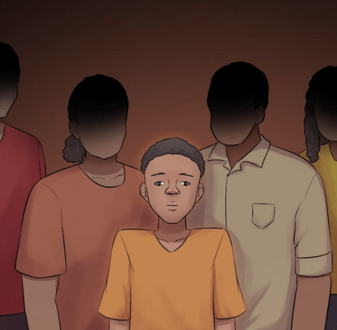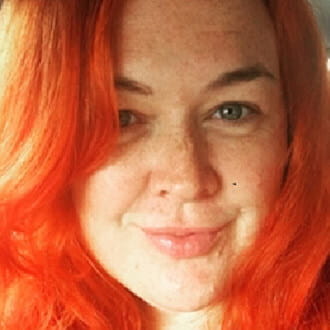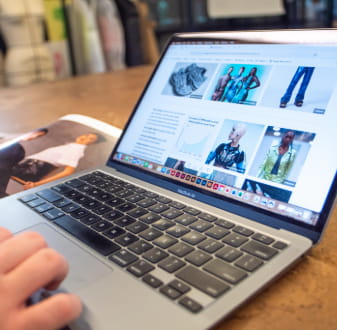The initial brief, presented by Sylvia Akusah, aka ‘Aunty Sylvia,’ from The Aboriginal Health and Medical Research Council of New South Wales (AH&MRC) was for students to design a memorial site to be located at the AH&MRC College in Little Bay. The location is significant to Stolen Generation survivors, descendants and communities.
The memorial is intended to be a place where people can come and pay respects to survivors of the Stolen Generation, as well as their families, and will be designed in collaboration with the NSW Government.
AH&MRC assists Aboriginal Community Controlled Health Services across NSW to ensure they have access to an adequately resourced and skilled workforce to provide high-quality health care services for Aboriginal communities.
Billy Blue College of Design at Torrens University Australia Common Core design students met with Aunty Sylvia, a Stolen Generation survivor, for cultural mentorship at key milestone points over the 12-week project. Students learned from her experience and through her stories to interpret their concepts and fulfil the brief in groups.
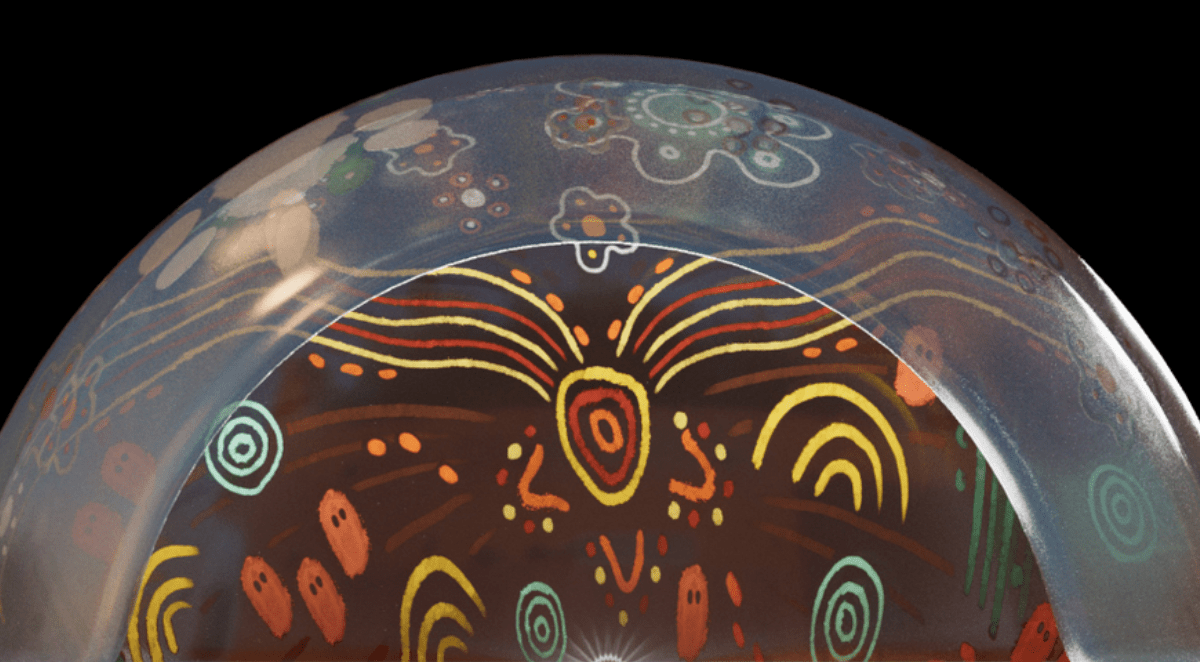
The Home Dome
The Stolen Generation stories transformed the students’ thinking
Growing cultural awareness and cultural understanding were also significant purposes of this Work Integrated Learning (WIL) brief.
Rochelle Morris, First Nations Liaison Officer at Torrens University, and Aunty Sylvia’s daughter, also acted as a mentor to the students. She said it was 100% because of the students’ interest that this project grew into something bigger.
According to Rochelle, some students were tentative at the beginning due to the sensitive nature of creating content about the Stolen Generation, but by the end, they all wanted to do justice to the stories and produce meaningful work.
“As the conversation kept going, we would make sure we have that safe space for them to chat, and their demeanour and their approach just started to change over the weeks,” said Rochelle.
“It was pretty powerful and transformative,” said Rochelle. “One story, one narrative, has really opened up a lot of ideas for students to unlock their creativity. Once that happened, they explored the culture and excelled, and it's evident in the amazing work they produced.”
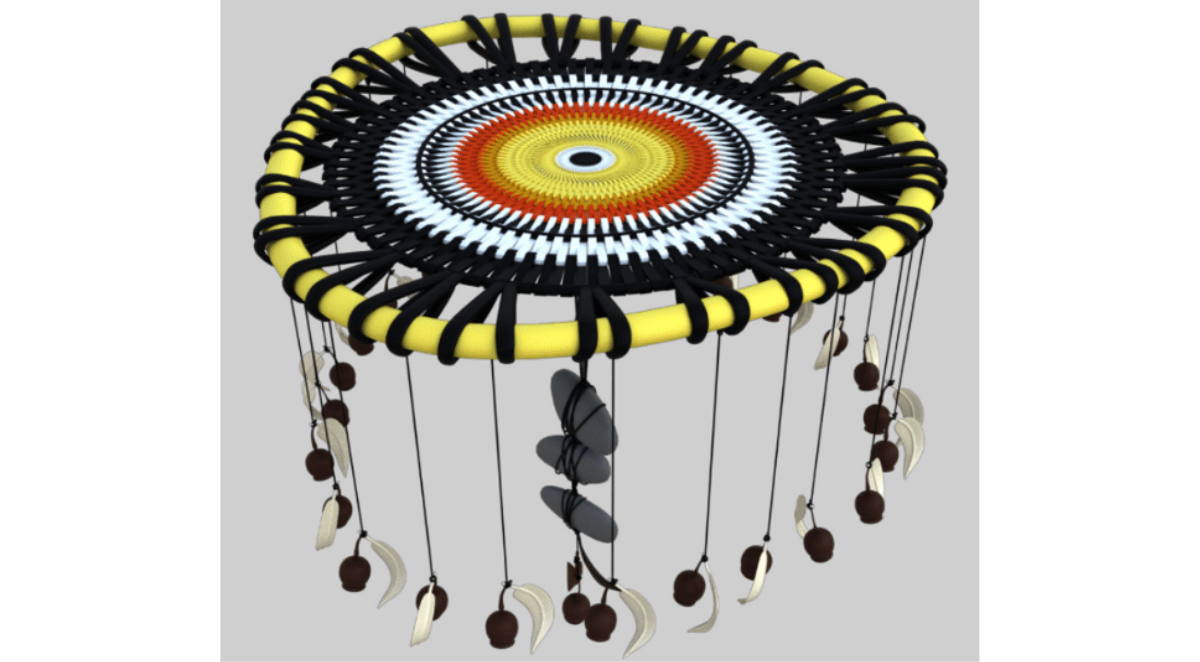
Chimes Sculpture
Showcasing Stolen Generation stories in various design outputs
Melinda Kapp, Work Integrated Learning Facilitator at Billy Blue College of Design at Torrens University, guided the students over their 12-week live project brief.
“Designers look to solve the problems of the world. To do this effectively, they need to design with greater understanding, attention and immersion in our diverse world. Bringing Indigenous voices and meaningful projects to our Design course students provides this unique opportunity.”
The Universities Australia 2022-2025 Indigenous Strategy Report (2022) signifies a call-to-action or, ‘shifting of gears’ from aspiration to implementation through meaningful systemic approaches of engagement with Indigenous people and communities.
“Whilst developing their capacity as designers, they are also developing their socio-cultural capacity to engage in real and meaningful ways with Community,” said Melinda
The Stolen Generation Memorial Grove
The student designers took the initial brief beyond expectation and came up with a variety of creative and innovative methods of storytelling.
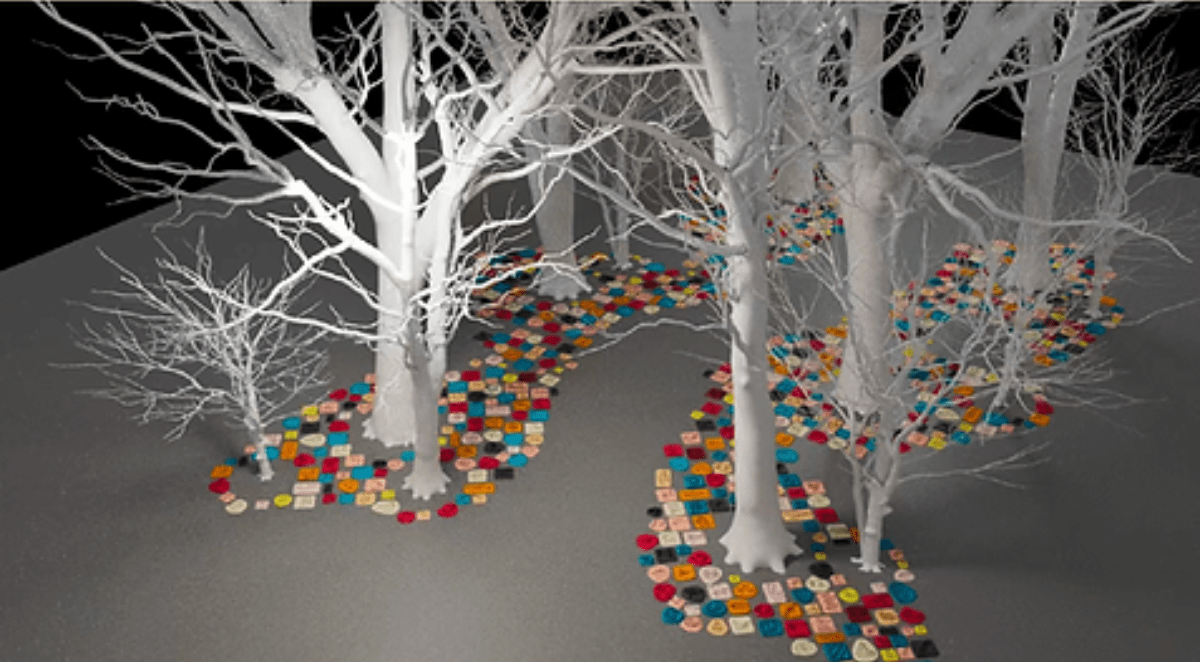
Stolen Generation Memorial Grove
The Stolen Generation Memorial Grove group designed a physical structure to provide a calm place of remembrance, and The Home Dome designed a structure for multiple locations central to the experience of survivors to contemplate their stories. The Everywhen Gallery provided an educational journey through Stories of Trauma, Stories of Survival and Continuous Healing, in a physical space, as well as a virtual reality ideation. The Chimes Sculpture drew inspiration from the map of Aboriginal nations in NSW.
Takeback: Stolen Generations Voices, included powerful interviews with Aunty Sylvia, her children, their partners, and grandchildren, and Looking Into the Stories are animations using audio from Takeback interviews. The interviews also became the Dear Aunty Sylvia Podcast split into six episodes. Each of these yarning storytelling methods shared the trauma and healing across three generations affected by the Stolen Generation. Other groups created branding and illustration concepts and a website and app.
“The tragedy behind the history of this project is a daunting one. My hope is that our collective pieces portray the stories of the Survivors in a meaningful way,” said Christian, Animator - Looking Into the Stories.
“It’s a real privilege to be a part of this Stolen Generation project. Initially, I felt scared about the responsibility but as we’ve learned more by listening to Sylvia and her family and by working together, I really feel my perspective has broadened and that I’ve learned so much from this experience,” said Rachel, a student who worked on The Home Dome.
“The opportunity to work on this project has been a privilege of the highest honour. For too long the Stolen Generation Survivors, their traumas, and their families have been overlooked by the legislature, the public eye, and governments. To be given the opportunity to design and help visually vocalise the process of healing and of recognition, is such a bright look into the future of healing and compassion in Australia,” said Teddy Brink, who worked on the branding for Bulbuwil Project.
The standout moments were the relationships built and the Indigenous knowledge shared
“Sylvia and her lovely family have given us the opportunity to share their stories, feelings and journey to healing through creative expression. We have been welcomed into a community with open arms and open hearts. We hope to do you and your stories justice,” said Anneke, another student who worked on The Home Dome.
Sylvia felt connected with the students in a short period of time and was proud of their journeys. She was blown away by the creativity and the variety and volume of the outcomes.
Melinda reflected on the relationships built between the students and Sylvia’s family.
“Trust has been an integral part of this project. The opportunity to acknowledge and appreciate Indigenous knowledge and cultural expression was central to the success of this project. The students were able to engage not just their minds, but their hearts. They were welcomed into the story and have designed content in such a positive and genuine way – I am very proud of their contribution.”
“The students are really leading the way teaching us how we could have more impact,” said Rochelle.
“For me the standout moment of any WIL brief with Indigenous communities is the courage and the bravery that our students take on, knowing most of them don't know much about history or the culture,” said Rochelle. “I'm just so proud of them for taking that opportunity to really immerse themselves, to listen, and interpret in unique ways.”
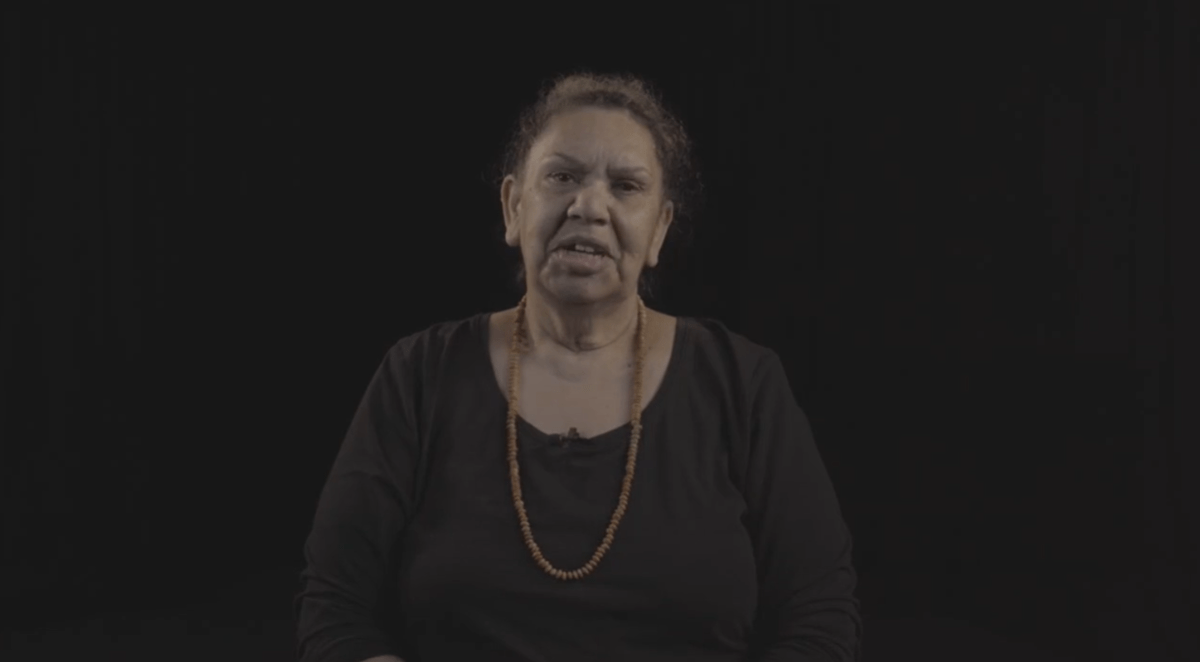
Sylvia Akusah, aka ‘Aunty Sylvia’ in ‘Talkback: Stolen Generation Voice’
Embedding Indigenous knowledge into the curriculum creates meaningful outcomes
These outcomes were presented to Elders and provided a chance for them to see what is possible when considering the various ways a memorial piece can be creatively brought to life.
“We're actually creating those relationships with industry and working with Indigenous communities and through that process taking cultural understanding to a different level through design thinking,” said Rochelle.
“We need more people in Community having this opportunity to work with students, they've played a big role in really telling the story for us from a design perspective and keeping our knowledge and history alive,” said Rochelle.
Hero Image: Looking Into the Stories

